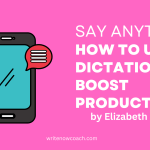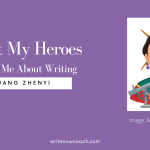How to Build Your Own #NaNoWriMo Challenge by Rochelle Melander
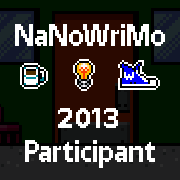 Every November thousands of otherwise normal people give up their spare time and write a 50,000-word novel in a month. The challenge is called National Novel Writing Month, NaNoWriMo for short.
Every November thousands of otherwise normal people give up their spare time and write a 50,000-word novel in a month. The challenge is called National Novel Writing Month, NaNoWriMo for short.
Some participants are published writers who do this every day on their own but appreciate the camaraderie. Others are new writers who hope their NaNoWriMo novel will land them a big book contract and oodles of money. But most participants do it just for fun. And it is. For one month out of the year, writing becomes a public act. Novelists can join writeins at local coffee shops and libraries, ask for help with plot on Facebook, or join a sprint on Twitter.
I’ve been doing NaNoWriMo since 2007, and still appreciate the challenge. It’s a lot like taking on an exercise challenge at the Y. It gets me out of my rut, challenges me to try new sports, and increases my effort.
If you’re looking for a challenge, but not sure that NaNoWriMo is right for you, here’s my guide to a build-your-own writing challenge for National Novel Writing Month.
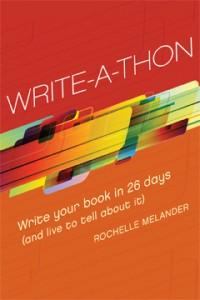 1. Choose your project. NaNoWriMo participants write novels. But if you’re not a novelist, worry not. One year, I wrote the rough draft of my NaNoWriMo guide, Write-A-Thon. A friend wrote a poem a day. You can scale your project to fit your needs and interests. But here’s the thing: make sure it’s something you’re excited about. If you’re going to do this every day for the next 30 days, it should be fun. Here are some ideas:
1. Choose your project. NaNoWriMo participants write novels. But if you’re not a novelist, worry not. One year, I wrote the rough draft of my NaNoWriMo guide, Write-A-Thon. A friend wrote a poem a day. You can scale your project to fit your needs and interests. But here’s the thing: make sure it’s something you’re excited about. If you’re going to do this every day for the next 30 days, it should be fun. Here are some ideas:
+Do morning pages
+Complete writing exercises
+Write a series of blog posts
+Write poems
+Write a series of picture books
+Revise your novel
+Write a self-help book, memoir, series of essays, or some other not-quite-fictional project.
+Research your dissertation
+Create a program, study guide, or other interactive product
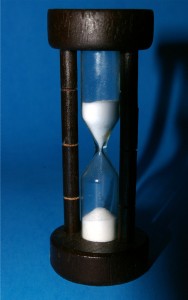 2. Choose your measuring stick. During National Novel Writing Month, writers measure their progress with word count. Participants need to reach 50,000 words by the end of the month to be declared a winner. Children and teens can choose their own word count for the month, so if you’re a slower writer, you might want to pretend you’re one of the young novelists. But word count is only one way to measure progress. Try these tools:
2. Choose your measuring stick. During National Novel Writing Month, writers measure their progress with word count. Participants need to reach 50,000 words by the end of the month to be declared a winner. Children and teens can choose their own word count for the month, so if you’re a slower writer, you might want to pretend you’re one of the young novelists. But word count is only one way to measure progress. Try these tools:
+Time. Choose a period of time to write each day or week.
+Sessions. Choose a set number of writing sessions to complete during the month.
+Product. Finish a product or number of products (e.g., 25 poems).
3. Get support. NaNoWriMo works for many of us because it offers two things writers don’t usually get: accountability and support. If you’re bucking the system, find friends who will do it with you or support you in your endeavor. Here are a few places that NaNoWriMo rebels get support:
+The NaNoRebels Forum at the NaNoWriMo site
+Nina Amir’s Write Nonfiction in November site provides daily blog posts and a forum to help writers move forward. (I’ll be blogging there sometime in November.)
+Visit this wiki for a list of year-round writing and art challenges:
+A few years ago, I hired a programmer to create a tool for writers to track their progress. Feel free to register at my website and track your writing accomplishments at no charge!
Your turn: What’s your NaNoWriMo plan? Will you build your own NaNoWriMo project?





